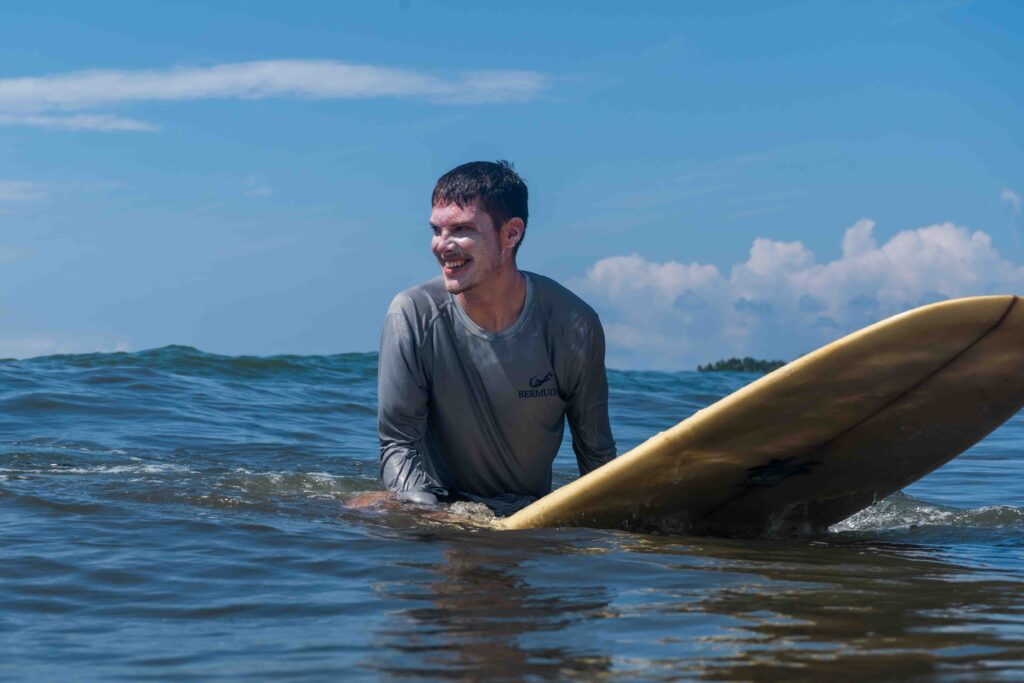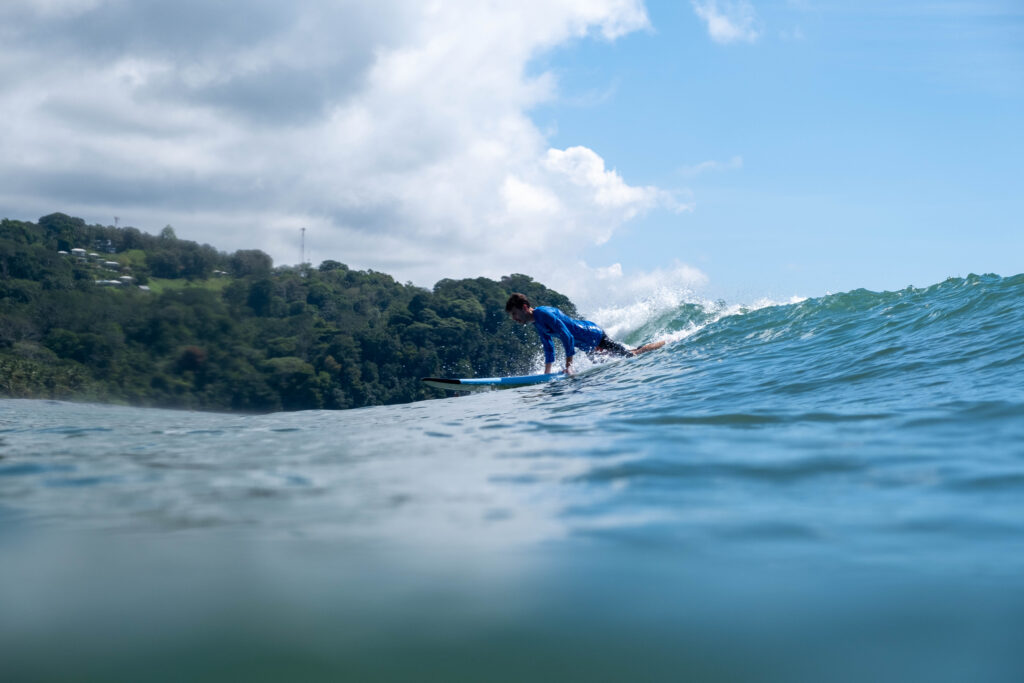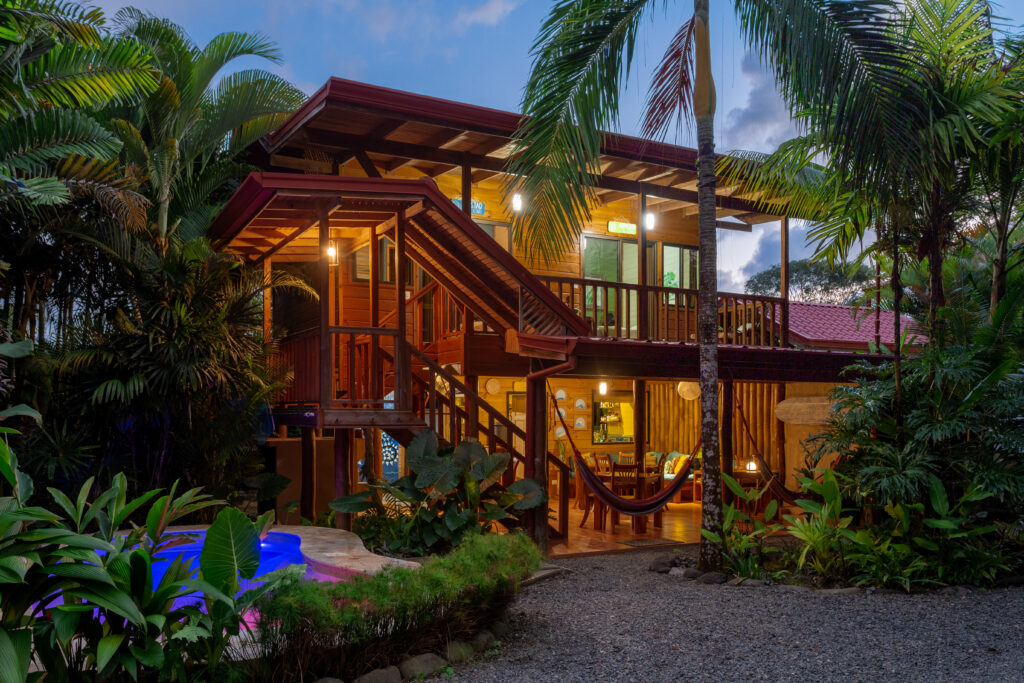When it comes to surfing, we all have our own unique way of riding waves.
Whether bodysurfing, boogie boarding, longboarding, or shortboarding, your performance on the wave is the ultimate expression of your individuality in the ocean.
This “individuality” is more commonly known as surf style.
As an ISA certified surf instructor who has taught hundreds of beginner and intermediate surf lessons, I’ve seen firsthand how different each surfer’s approach to wave-riding can be.
Helping others hone in on and define their unique surf style has been a critical focus of my journey as a surf coach. Today, I’d like to share some observations I’ve gathered.
If you are a beginner, intermediate, or even advanced surfer, this blog will provide you with a step-by-step approach to defining and refining your wave-riding style.

7 Day Surf Camp
Week long, set-date, surf vacations that invite you to learn the art of surfing while learning about Mother Ocean, engaging with the community, and awakening the inner surfer.
Learn MoreWhy is surf style important?
Surfing is like dancing on a liquid stage. It is an artistic expression of your character, personality, and spirit, using the wave as your canvas.
When I first learned how to surf, I had no style whatsoever. My surfing was stiff and mechanical.
During this phase, I was simply trying to build muscle memory by catching as many waves as possible. This is normal for all beginner surfers.
But as my surfing progressed and my movement on the wave became more fluid, I decided to hire a coach to film a couple of surf sessions so I could see what my wave-riding technique looked like and begin to improve it.
Watching video footage of myself surfing was an invaluable step in my progression. Now I could start to pick apart my style and fine-tune my technique.
During this time, I also started to devour surf videos on Youtube, watching as many professional surfers as I could to see who I most wanted to emulate.
📼 WATCH: Developing your own “style” starts with mastering the fundamentals. If you are early in your journey of learning to surf, check out our complete step-by-step video series below:
The different surfing styles
Surf style is essentially how you surf the wave. Some surfers may flow with the wave in a graceful and elegant manner. Others might surf with more power and aggression.
Your individual surf style will depend on a number of different factors such as your height, weight, body type, gender, experience level, preferred board size and type of surf break, as well as mainstream surfing trends and what type of surf media you consume.
An individual’s surf style could be described as:
- Smooth
- Graceful
- Soulful
- Powerful
- Speedy
- Aggressive
- Athletic
- Vertical
- Aerial
In my opinion, the best surf style is defined by fluid, effortless movement across the face of a wave.
Take Gerry Lopez for example, a soul surfer who is widely considered the most stylish surfer of all time:
Where everybody else performed on the wave, Gerry Lopez’ idea was to literally disappear into it. Not just in the sense of disappearing into the tube, but also in terms of stripping the act down to its most essential elements. Lopez, in his best moments, didn’t seem to be performing at all. — Matt Warshaw, The Encyclopedia of Surfing
That being said, Gerry Lopez’s style might be considered outdated by present-day standards.
A young surfer growing up today is much more likely to emulate the style of world champion surfer John John Florence, who is known for his speed, power, and athleticism. His is a radically different approach to wave-riding compared to Gerry Lopez.
Defining your personal style
Considering that I am 6 feet tall and weigh 185 pounds (above average height and weight for surfing), I have a strong predilection for big boards and big waves.
I also prefer to flow with the wave using minimal effort rather than trying to overpower it with radical turns and maneuvers.
Therefore, when I was fine-tuning my personal style, I mostly watched surf videos of longboarders, mid-length riders, and twin fin shortboarders.
My favorite surfers to watch were Dave Rastovich, Torren Martyn, Asher Pacey, Leah Dawson, and Rell Sunn (all regular-footed like me). I was drawn to their smooth style and preference for mid-length surfboards and twin fins.
Using these soul surfers as inspiration, I decided to start surfing a 7’6” twin fin, which I have continued surfing for quite some time now.
This board has allowed me to define and drastically improve my style.
Once you decide which surfers to emulate and what board(s) to ride, the next step is to define what role surfing will play in your life.
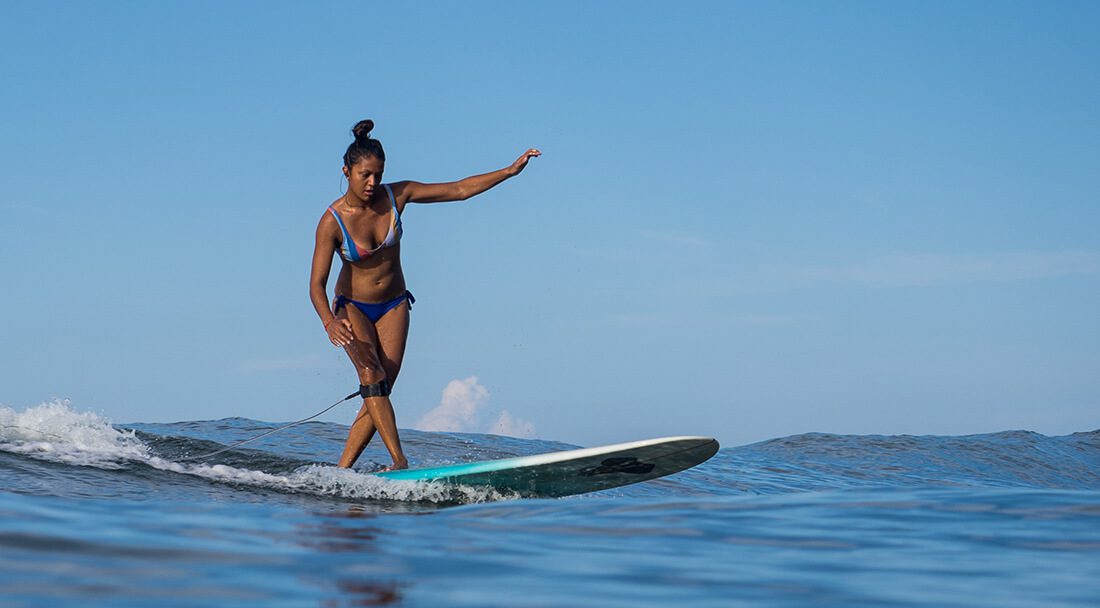
What role does surfing play in your life?
Your personal definition of surfing could fall into one of three categories:
- Hobby
- Sport
- Lifestyle
The important question to ask here is: Do you consider surfing to be a fun weekend activity, competitive sport, or lifelong passion?
Surfing for fun
Whether you live in a big city far away from the ocean or have other priorities preventing you from always surfing, your relationship with surfing is that of a weekend warrior.
There’s nothing wrong with surfing simply for the fun of it, but note that your progression will be significantly slower than that of the dedicated surfer who can surf multiple times per week.
Remember that you will likely spend most of your surfing career on a longboard or funboard, so you might want to take on a simple, laid-back approach to surfing like that of longboarder Danielle Lyons.
If you enjoy surfing but don’t have enough time to get in the ocean regularly, then maybe a one or two week-long surf vacation to Costa Rica is just what you need to keep your skillset intact!
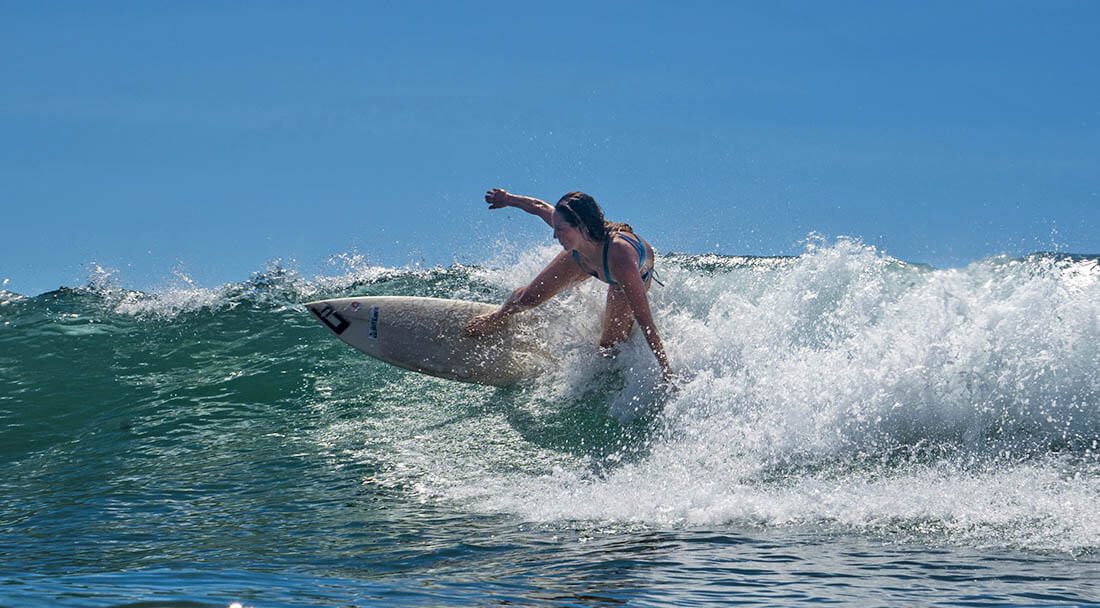
Competitive surfing
Suppose you are inspired and motivated by watching the likes of Kelly Slater and Carissa Moore compete on the World Championship Tour. In that case, you are likely to consider surfing a competitive sport.
You probably strongly prefer high-performance shortboards that allow you to surf with power, speed, and aggression.
Maybe you are so driven by surfing that you’d like to pursue it as a career and start competing yourself.
If this is the case, you will want to watch as many surf competitions as you can, surf as much as possible, train for surfing outside the water, and maybe even hire your surf coach.
Soul surfing
To pursue surfing not just as an athletic endeavor or as a sunny day diversion, but to try to glean whatever lessons you can from the practice. It means being aware of your surroundings, and respectful of the people and places that you interact with. — Brad Melekian
Here at Bodhi Surf + Yoga, we consider surfing a lifelong passion that can positively influence our lives.
Surfing is our daily dose of medicine, allowing us to be better friends, partners, parents, role models, and community members.
We enjoy bodysurfing, shortboarding, longboarding, and everything in between.
We take inspiration from style masters such as Gerry Lopez, Rell Sunn, Leah Dawson, Mark Cunningham, Dave Rastovich, and Belinda Baggs.
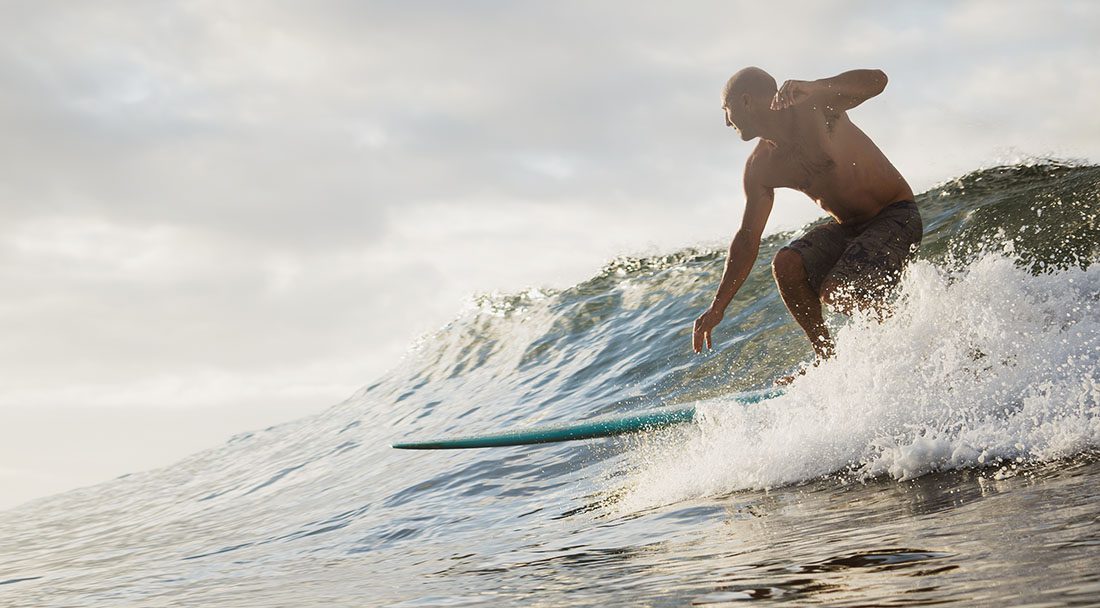
What is soul surfing?
Surfing has grown and changed significantly over the past hundred years, perhaps more than any other sport.
In the past century alone, surfing has morphed from a sacred pastime practiced by a few cultures to an internationally recognized Olympic sport whose top athletes make millions of dollars per year in sponsorships and prize money.
Although surfing has become overly commercialized and heavily commodified in mainstream culture, another version of surfing is not this way. A version that has carried on untainted by the pursuit of money or fame for centuries — and that is soul surfing.
The origins of soul surfing
First, it is essential to understand that “soul surfer” is a relatively modern label not commonly used until the late 1960s and early ‘70s.
During this pivotal era in surfing history, Hollywood films like Gidget and Endless Summer led to Californians’ cultural appropriation of surfing. At the same time, the availability of new surfboard materials, such as polyurethane foam, spurred the shortboard revolution and the rise of competition surfing.
The cumulative effect of these cultural shifts ultimately paved the way for the global commodification and proliferation of surfing as a modern sport rather than an ancient pastime.
Competition surfing had become so prevalent by the 1970s that many surfers began to seek alternative relationships with the sport, hence the ensuing rise in so-called soul surfing.
This new breed of anti-establishment soul surfers discovered that “the surfing excesses from the previous decade — competition, mass-production, assimilation into the greater world of sport — were completely unnecessary to a rich and full wave-riding life,” writes Matt Warshaw in The History of Surfing.
Warshaw characterizes soul surfing as a “back-to-basics grassroots surf movement… a backlash response to the sport’s boom-era commercial growth.”
What characteristics define a soul surfer?
In simple terms, a soul surfer is someone who:
Surfs simply for the pleasure of it
Many professional surfers have given up competition surfing for an unrestrained surfing experience in which any type of board can be used, and graceful style is favored over power and aggression.
Enjoys wave-riding in any form
This includes longboarding, shortboarding, boogie boarding, canoe surfing, bodysurfing, etc.
Flows in unison with the wave
This illustrates a connection with themselves and Mother Nature, deriving joy and freedom from the source, which is the wave itself. — Surfer Magazine
Embodies the “aloha” or “pura vida” spirit
Someone who exhibits kindness and compassion (rather than aggression) toward other surfers and nature.
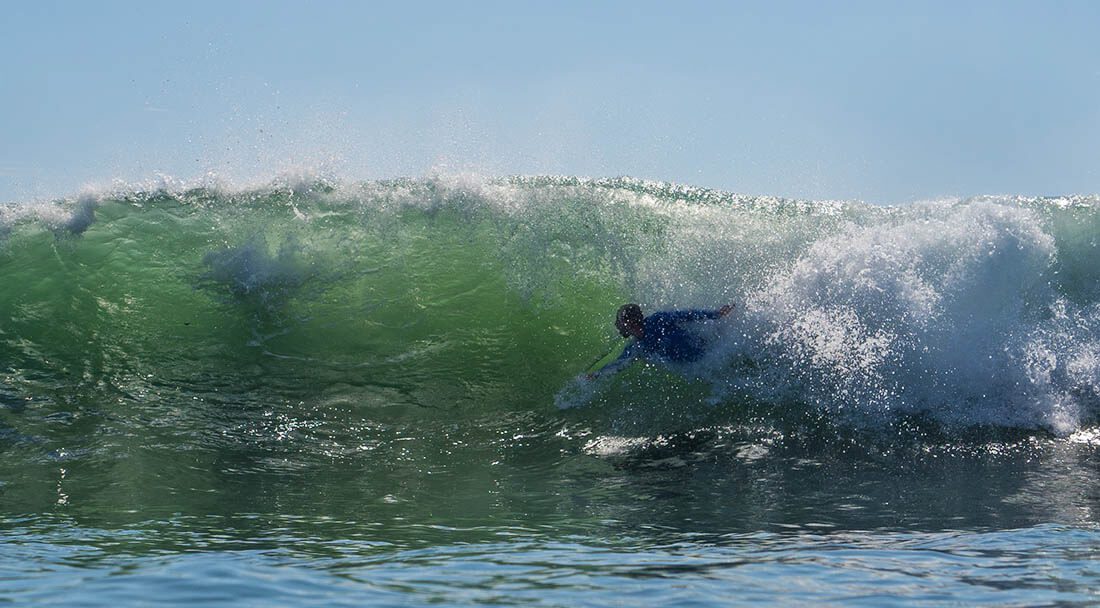
Developing your surf style: a step-by-step approach
Step 1: Start with bodysurfing as your foundation
Bodysurfing, or wave gliding, as the ancient Polynesians described it, is a beautiful form of meaningful play. This therapeutic activity allows the individual to develop a love for the ocean and connect with nature in a transformative way.
As a surf instructor and ocean lifeguard, I know firsthand what a vital safety skill bodysurfing is for anyone playing in the ocean. But more than that, bodysurfing is a pleasurable, relatively easy learning activity.
Not only does bodysurfing make you a stronger swimmer and a better breath-holder, but it also provides you with the necessary foundation for becoming a proficient surfer.
Simplicity translates to style.
Surfing demands a certain level of ocean-savvy above and beyond just physical capability. The more you understand the ocean and its ever-changing moods, the better surfer you will become.
The simplicity of bodysurfing makes it so valuable because it allows you to observe the ocean truly and reduces your learning curve for board surfing.
Bodysurfers gain a better understanding of ocean temperament and wave mechanics for various reasons, but primarily because you are submerged in the ocean rather than just floating on top of it.
Unlike board-surfing, bodysurfing is less about performing on a wave and more about having fun and becoming one with the wave.
As surfing legend Duke Kahanamoku once said, “The best surfer is the one having the most fun.”
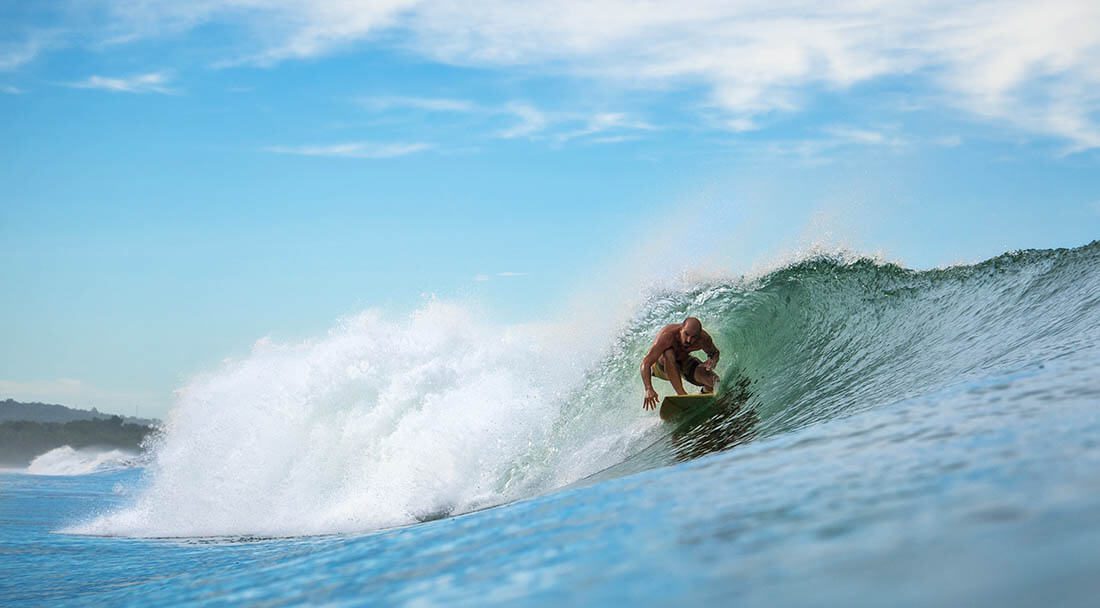
Step 2: Take a surf lesson with video analysis
Regardless of your skill level as a surfer, I highly recommend hiring an ISA-certified surf coach to film one of your surf sessions.
It is common for surfers of all skill levels to plateau at multiple stages throughout their surfing progression, and video analysis is critical to breaking through these plateaus.
Not only will a surf coach be able to identify any weak areas in your surfing and provide critical feedback, but they will also highlight the things you do well.
Bringing awareness to your elements of style will encourage you to continue surfing with stoke and fervor.
Step 3: Consume surf media
Once you have a solid foundation, then it is essential to consume as much surf media as possible, including surf films, YouTube tutorials, surf magazines, live competitions, and so on.
If you are a beginner to intermediate surfer, we highly recommend watching the Barefoot Surf video channel on YouTube. Even advanced surfers and surf instructors can learn a thing or two from these surf tutorials!
Study various surf styles, including competitive surfing, soul surfing, longboarding, shortboarding, etc.
Also, watching surfers from all over the world and of different genders is vital for various influences.
Observe, study, and pick which surfers you like the best. Study their movements and maneuvers, and try to incorporate what you’ve learned into your next surf session.
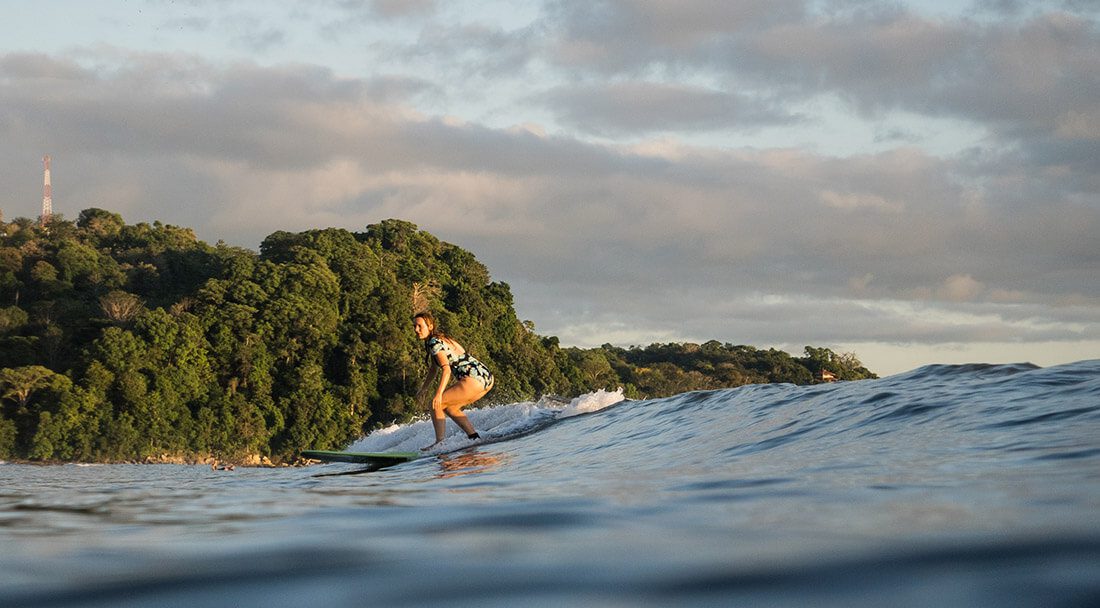
Step 4: Pick the right board for you (and stick with it!)
Pick your surfboard and ride it consistently for 20-30 sessions (approximately 40-60 hours).
Be consistent and commit to one board for those 20-30 sessions regardless of the conditions (unless unsafe).
The key here is to understand the nuances of each type of board and how they perform in different waves. Try surfing a longboard, shortboard, mid-length, fish, etc.
Regarding board size, don’t go too small too soon! Remember: the more significant the board, the more waves you will likely catch.
Shortboards, mid-lengths, longboards, and big wave guns
First, you must figure out what type of wave you most enjoy riding; then, you can determine which board size and shape best suits that wave.
Other factors to take into consideration:
- Body type, height, weight, etc.
- Skill level
- Attitude and demeanor (competitive vs. laid-back)
Here are some videos of the best surfers in the world displaying their style on their board of choice:
The shortboard
The mid-length (or funboard)
The longboard
The big wave gun
Step 5: Refine and polish
Get video footage of yourself, look for surf coaching, coach yourself, and work on something specific for the first hour of each surf session.
Whatever you are working on (cross-stepping on a longboard, for example), watch videos of people doing that maneuver, study them, and then practice the maneuver consistently to improve.
Even if the new style or maneuver is challenging at first, continue practicing until you’ve mastered it before adding a new tool to the toolbox.
And most importantly, remember to smile while you paddle!
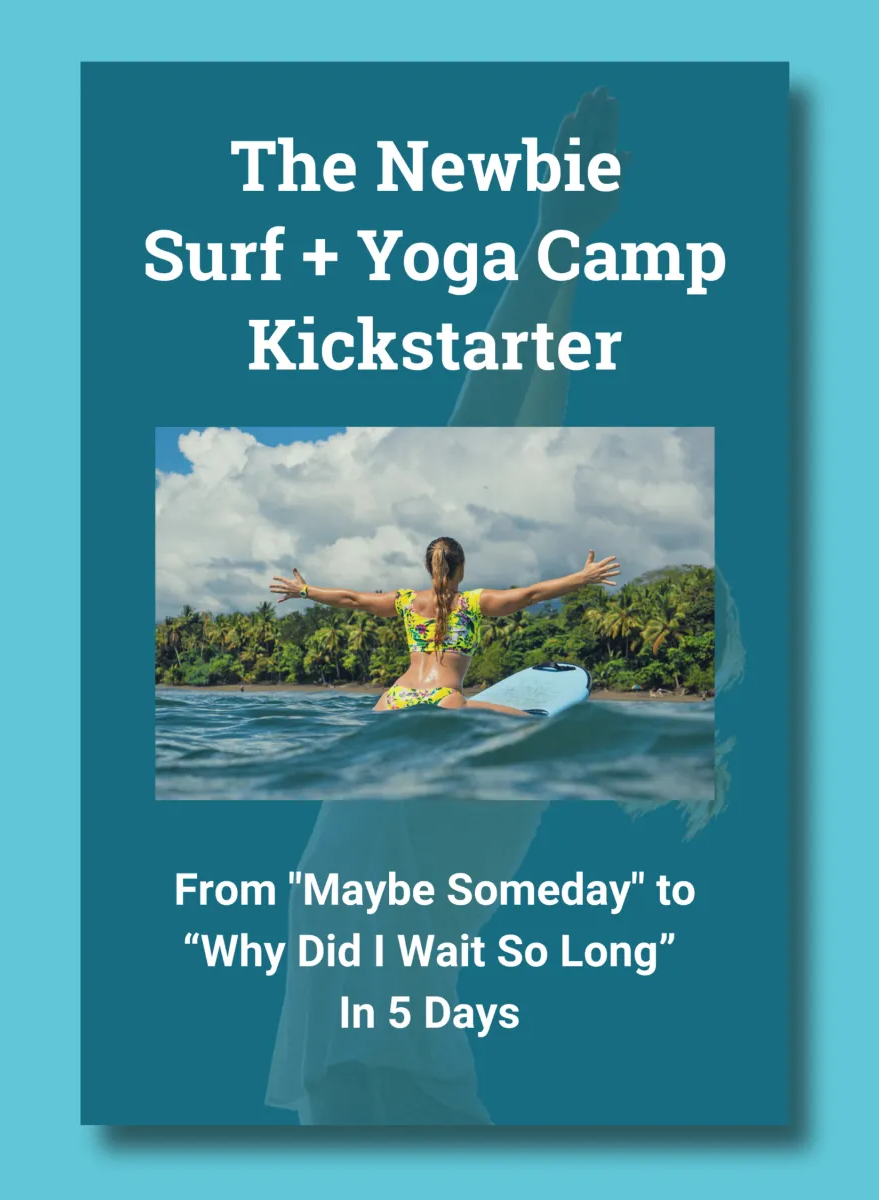
For First-Time Surfers
You Don't Need Experience. You Don't Need Gear. You Just Need This.
Our free 5-day email course that reveals the 5 myths keeping beginners at "I'm not ready" instead of catching their first wave and finding inner peace-and how to overcome them fast.
Change the heading on the Separator tab ->
Search
The Newbie Surf + Yoga Camp Kickstarter
Bust the 5 biggest myths about going to a surf and yoga camp so you can stop procrastinating and start catching waves - with our FREE 5-day email course.
Change the heading on the Separator tab ->
Most Read Blogs
What is the Meaning of Anjali Mudra?
May 27, 2020
Fitness for Surfers: Workouts, Exercises & Training
February 10, 2022
The Best Places to Eat in Uvita, Costa Rica
May 19, 2022
How to Get From SJO to Costa Ballena, Costa Rica
May 31, 2018
Change the heading on the Separator tab ->
Categories
Categories
- Bodysurfing (5)
- Food (8)
- Responsible Business (6)
- Surfing (68)
- Travel (66)
- Yoga (45)
Change the heading on the Separator tab ->
Newsletter
Thanks for subscribing! Please check your email for further instructions.
Change the heading on the Separator tab ->
Follow Us
Bodhi Surf + Yoga
Change the heading on the Separator tab ->
Read more
Small Ways to Progress Your Surfing: Paddle Power, Grip Strength, & Neck Strength
Words by Guest Post
Well folks, we’ve made it to the third and final blog of our Small Ways to Progress Your Surfing Series! This time around, we’ll be focusing on things like: If you’re new…
Small Ways to Progress Your Surfing: Mastering the Pop Up
Words by Guest Post
Welcome back to our three part series on Small Ways to Progress Your Surfing. In the first blog, we explored: This time around in the second blog of the series, we’ll be…
5 Reasons Why a Surf + Yoga Retreat Should Be Your Next Big Bucket List Adventure
Words by Travis
If you’re reading this, chances are you’re experiencing a little restlessness. You’ve scrolled past the passive beach vacations and you know, deep down, that your next trip needs to be different. It…

